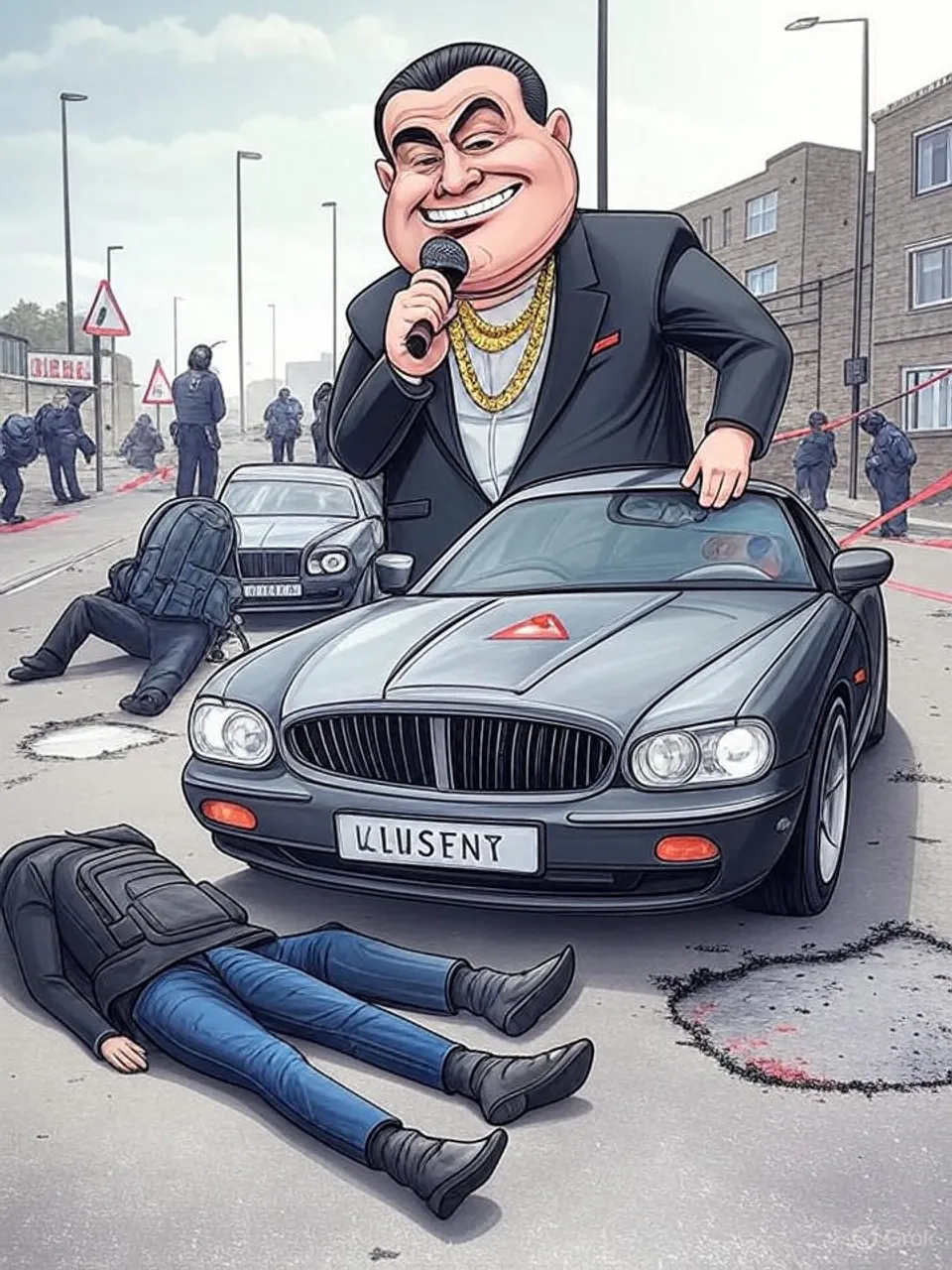Redbridge Lane's Toll: A Student's Death and Rapper's Charge

Hit-and-run fatality underscores rising UK road risks for international youth
The fatal hit-and-run killing Nepali student Yubin Tamang by rapper Ghetts reveals deepening cracks in London's road safety and justice systems, amid budget cuts and rising incidents.
Commentary Based On
The Tab
British rapper Ghetts charged in court today after London student died in ‘hit-and-run’
A London street claimed Yubin Tamang’s life on October 18 when a car struck the 20-year-old Nepali student and sped away. The driver, identified as rapper Ghetts, left Tamang critically injured; he died in hospital two days later. Authorities upgraded charges from serious injury to death by dangerous driving only after the fact.
Tamang studied at the University of Roehampton, a hip-hop enthusiast from Nepal who lived with his brother in east London. His family, scattered across continents, issued raw pleas for justice via social media. The father’s tribute called his son his “little world,” now reduced to tears.
Ghetts, born Justin Clarke-Samuel, appeared at Barkingside Magistrates’ Court in a grey prison tracksuit. The 41-year-old confirmed his details but offered no comment on the crash. His next hearing at the Old Bailey is set for November 24, nearly five weeks after the incident.
This rapper built a career on East London’s grime scene, collaborating with Ed Sheeran, Stormzy, and Skepta. Tracks like “IC3” and “Skengman” drew millions of streams; he won a 2021 MOBO Award and played Glastonbury. Yet fame did not shield him from arrest, though the initial flight from the scene suggests delayed accountability.
UK roads record about 1,700 deaths annually, a figure stable since the 2010s but up 5% from pre-pandemic lows. Hit-and-run incidents rose 20% between 2019 and 2022, per Department for Transport data. London’s Redbridge borough, site of the crash, reports over 200 serious collisions yearly, often on poorly lit residential lanes.
Police appealed for witnesses, underscoring resource strains in the Metropolitan Police force. Officer numbers fell 10% from 2010 peaks, with traffic units cut amid budget squeezes across governments. Response times to road incidents averaged 15 minutes in outer London last year, per official audits.
Tamang’s death fits a pattern: international students, who number 700,000 in UK universities, face heightened urban risks. Visa holders from Nepal and similar nations often settle in affordable east London enclaves with subpar infrastructure. Potholes and uneven repairs plague Redbridge roads, contributing to 15% of local crashes, according to council reports.
Celebrity cases like Ghetts’ highlight enforcement gaps. High-profile drivers, from politicians to artists, historically secure bail or plea deals faster than average citizens. Data from the Crown Prosecution Service shows dangerous driving convictions take 18 months on average, eroding public trust in equal justice.
This incident traces to broader decay in public safety nets. Successive administrations, Labour and Conservative, slashed highway maintenance budgets by 40% since 2010. The result: crumbling asphalt, dimmed streetlights, and strained emergency services that fail the vulnerable first.
International students like Tamang sustain universities, injecting £5 billion yearly into the economy. Yet their deaths in routine accidents reveal a system prioritizing fiscal cuts over lives. No party reversed the underinvestment; all perpetuated it through inaction.
The justice process now tests institutional resolve. Ghetts remains in custody, but delays to November signal the slow grind of courts overwhelmed by 60,000 pending cases. Families like Tamang’s wait amid grief, while drivers exploit the gaps.
Britain’s urban roads, once models of order, now mirror systemic neglect. A student’s needless death and a rapper’s charge expose the human cost of eroded enforcement and infrastructure. This is not isolated misfortune—it’s the predictable outcome of decades of deferred maintenance and political indifference.
Commentary based on British rapper Ghetts charged in court today after London student died in ‘hit-and-run’ by Lucy McLaughlin on The Tab.